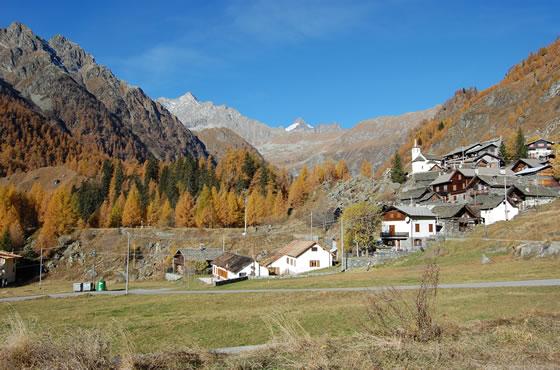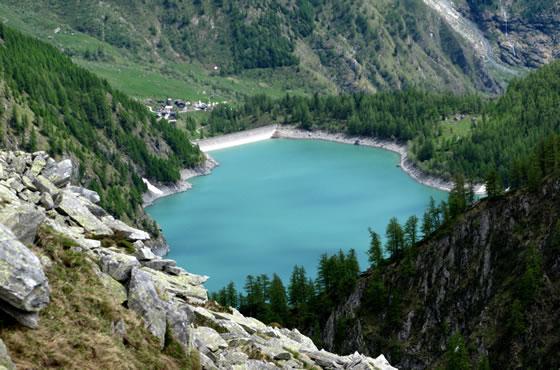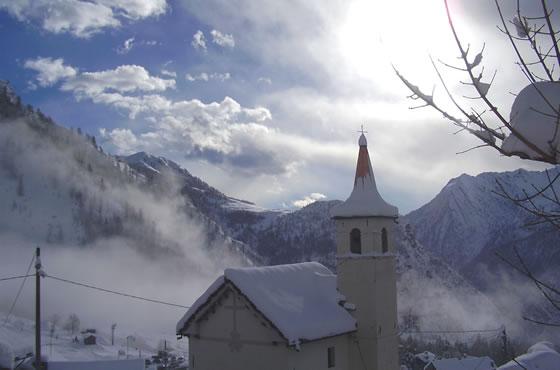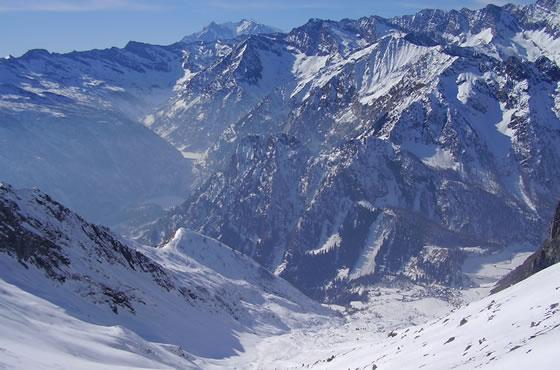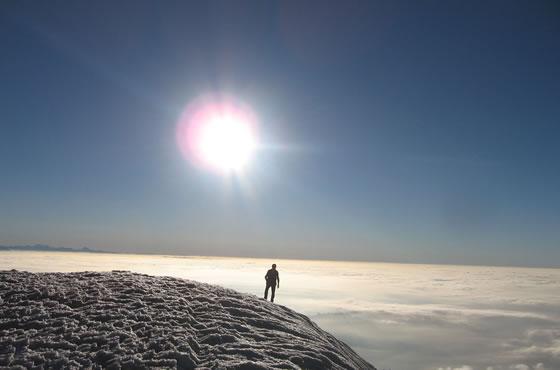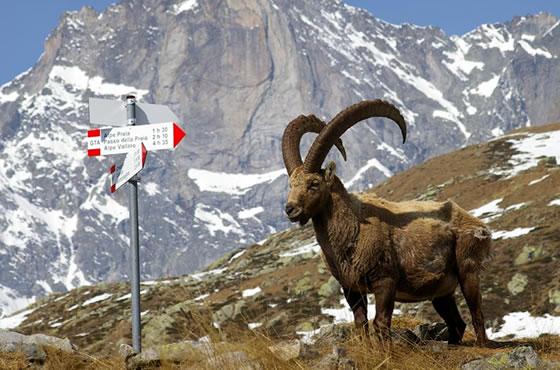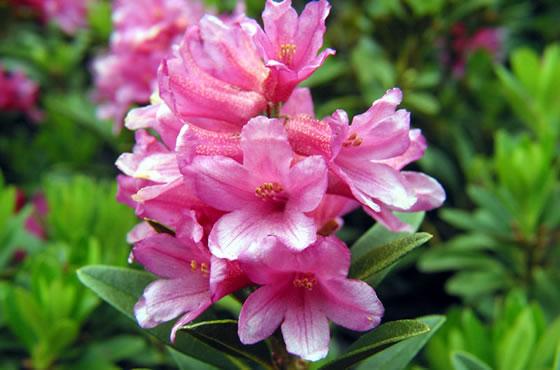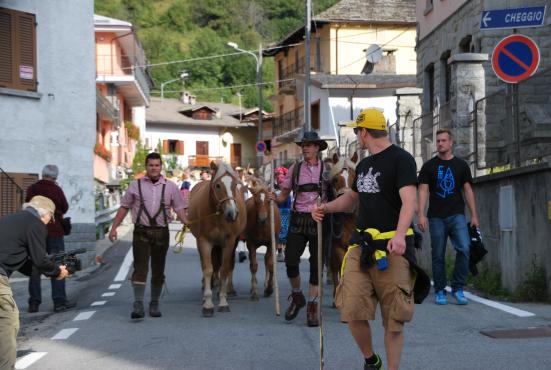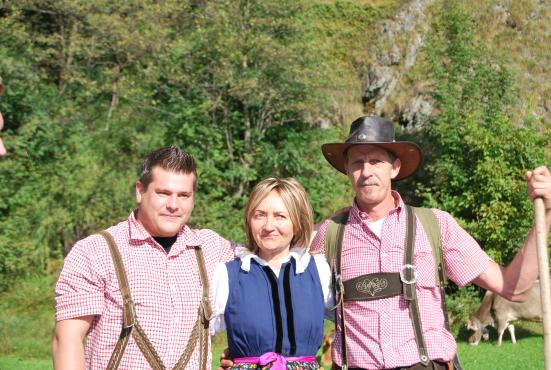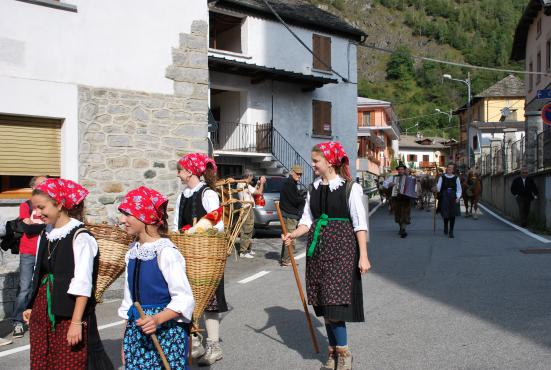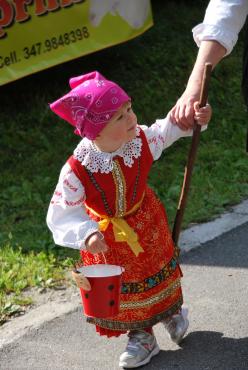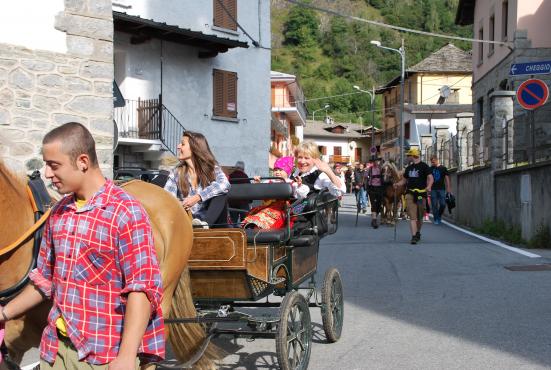There are many museums and cultural sites that enrich the Valle Antrona. Here is a list of the most important, ground under there cities.
Montescheno: the Museum of the mill and grinding, where they display news and information and explanatory images on the operation of the mill in memory of the past and the population of Montescheno. Still here in this beautiful sunny city, you can visit the narrow streets between the old bread oven in the village of Progno.
In Vallemiola you can found the 3381926298, grinder and over have both been renovated in 2008. There is also a wine museum which explains the operation of the press and the cultivation of grapes and grape processing. Also in the village of Progno there is an old wine press for pressing grapes. The goal of these museums are to educate tourists and future generations of locals the secrets of harvesting rye and the production techniques of wine production, that are both ancient arts.
In Seppiana the museum of religious events contains the treasures of the two religious processions as the Autani "set frei" (Autani of the seven brothers) of Montescheno. A procession that starts at 4 in the morning from the Church of Montescheno and returns in the evening at about eight and a half to celebrate a mass together. This procession, a walk in the mountains, lasts up to 13 hours and reaches seven crosses in memory of those seven brothers. Along the way women and men, many dressed in traditional costumes, sing and pray. The same is the Autani of Saint James of Seppiana, but the journey is shorter and the religious procession ends in the church for a time of prayer final.
In Viganella the museum of iron and its extraction, the conference room with the Museum of Giovanni Pietro Vanni are the pride for the people of this country. Inside the museum are stored news and information of this sculptor, but also his drawings and original photographs. The dining room, in all its traditional architectural style, is used for holding conferences, meetings or projections. Even in Viganella you can find an ancient bread oven in the center of the city and one in the village of Rivera.
In Antronapiana, the visitor center of the mines, in the village of Madonna, as well as exposing illustrative panels on the extraction of iron and excursions that you can do in this area, offers the possibility of a connection to the computer system planning. The water museum established in Antronapiana contains all the information on the water cycle and its early industrial and industrial use, as in the municipality of Antrona Schieranco are 5 lakes and several hydroelectric plants.
In the subburb of Rovesca you can found an old house with a beautiful porch and courtyard has been transformed by the City of Antrona Schieranco in a house museum. Each room has been restored keeping the original architectural standards. This structure is not yet completely finished, but soon, thanks to the contribution of the Piedmont Region, will be able to accommodate tourists who want to experience living in the magic of the past.
And finally Julius Gualio Dovers, artist from Antronapiana. Our artist, who was born in Italy in 1632, sculptor and painter, after his studies worked in the workshop of Maestro De Bernardis of Buttogno in Domodossola where he learned the art of design, styles and techniques of carving, coloring and gilding. After having his own company, the works of the master Gualio, adorned the Church of Antronapiana, landed across the Ossola and out, until you reach the Saas Valley in Switzerland. The master Gualio is indicated in many documents as a "sculptor and gilder", but is also a painter. Its main activity was to build altars and statues and ornaments.

